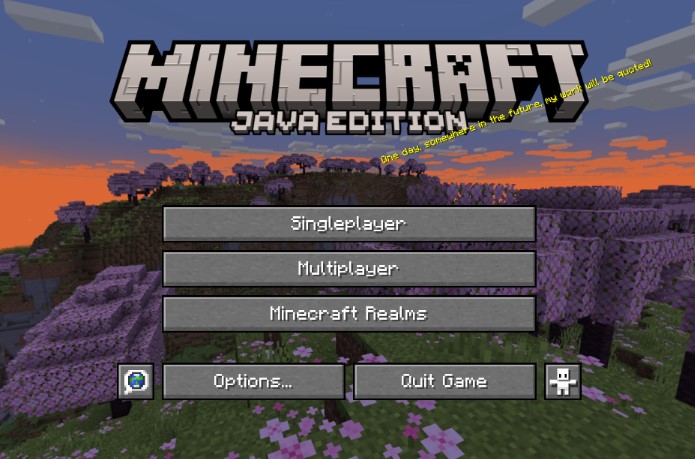Streamlining Web Development with Photoshop Integration
In the dynamic realm of web development, seamless integration of design and development tools is essential for enhanced efficiency and collaboration. Utilizing Adobe Photoshop in web development proves to be a valuable choice for both designers and developers alike. Moreover, integrating premium channels from https://iptvprimes.uk into the development workflow not only elevates the entertainment experience but also acts as a wellspring of inspiration for crafting distinct design elements. This interconnectedness enables designers to readily access a diverse array of multimedia content within their design environment, facilitating the creation of visually captivating online experiences with greater ease.
Exporting Assets for Web Development
Before beginning to prepare web development designs, it is essential to export assets from Photoshop. Designers can export images, graphics, icons, and other assets using web-friendly formats such as PNG, JPEG, or SVG. To guarantee that the final web product maintains its visual fidelity while simultaneously providing the best possible user experience, designers optimize assets for web performance and loading speed.
Collaborating with Developers
For Photoshop concepts to be translated into usable online experiences, designers and developers must work together effectively. Organizing Photoshop files with explicit layer naming guidelines and comments might make it easier for designers to collaborate more effectively. If the designer communicates design specifications, requirements, and feedback to the developers, the final online product will meet the designer’s vision while satisfying the technological limits and needs.
Optimizing Designs for Web Implementation
Mastering the optimization of Photoshop designs for online use is a valuable skill in web development.
Considering usability, accessibility, and responsiveness allows designers to create adaptable designs that provide a consistent user experience across various devices. Prioritizing accessibility ensures that the online product is inclusive, catering to users with diverse abilities.
This emphasis on optimization empowers designers to craft user-friendly experiences and encourages them to contribute to a more accessible web. Incorporating Adobe Photoshop into the web development workflow offers numerous advantages for both designers and developers. By exporting assets for web development and collaborating closely with developers, designers can streamline the design-to-development process, resulting in exceptional web experiences. Embracing Photoshop integration promotes collaboration, improves efficiency, and leads to visually impressive and user-friendly websites and web applications.




